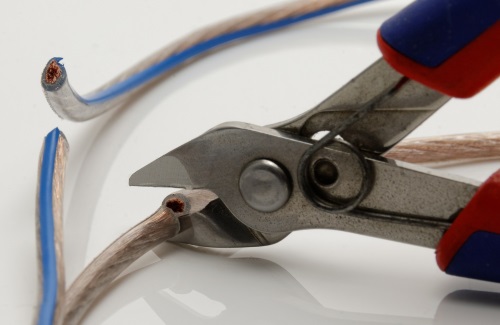
Daunting though it may seem, there are some real advantages to chasing bid jobs. Most of the “big work” goes to market this way. In fact, virtually all public works projects (read: stadiums, performing arts centers, civic theaters, etc.) are mandated by law to go through this process.
In addition, you can learn a great deal by working with consultants. While their reasons for designing systems a particular way may not be obvious at first, most of the time, they have a unique understanding of job conditions, budgets and most of all, the requirements of the owner.
Even if you intend to do design-build jobs only, much can be learned by paying attention to how consultants work.
Now Comes The Fun
Once the bureaucratic “mosh pit” has been navigated, it starts to get fun. Live sound providers are used to doing in one day what contractors can take weeks to accomplish.
You put up a large sound system, tweak it, do a show for thousands of critical listeners, and just for good measure, take the whole thing down and put it back in the truck, and do it all again the next day.
The skills that enable you to do shows are the same skills that can breed an outstanding installation company. Planning, preparation, scheduling, on-the-job problem solving and critical listening lead to success in the contracting arena as well.
If doing system design work for installs, its well worth the time and effort to get a modeling program and learn how to use it. One night with a poorly arrayed system is bad enough—don’t install one that stays that way permanently. It’s smarter and cheaper to do it right the first time.
This type of software and affiliated tools can be useful in a touring business as well. If you haven’t dabbled with one of these programs, frankly, you’ll be amazed at how much the software can teach about system and room behavior.
It’s also extremely beneficial to have, and know how to use, a system analysis program such as Rational Acoustics Smaart and Gold-Line TEF.
